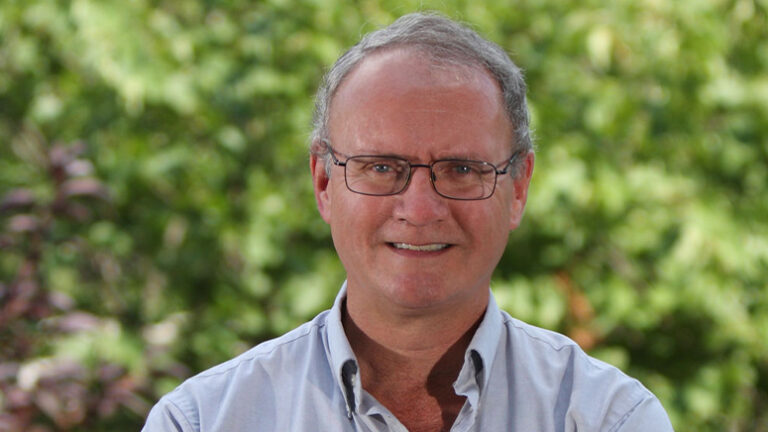News

23 September 2017
Workman Lab 25th year reunion
Workman celebrates 25 years of exceptional science.
Read Article
B.S., Biology, Northern Illinois University
Ph.D., Cell and Molecular Biology, University of Michigan

Gene regulation is very intimately involved in aspects of cancer as well as many other diseases.
Research Areas
Genetics and Genomics, Molecular and Cell Biology, Systems Biology
Courses Taught
Gene Expression: Transcription to Translation; Laboratory Rotation; Thesis Laboratory
Honors
2018
National Institute of General Medical Sciences, Maximizing Investigators’ Research Award
2017
Changjiang Scholar Award ("Yangtze River" Scholar award), Ministry of Education of the People's Republic of China
2013
Member, American Academy of Arts and Sciences
2001-2011
National Institutes of Health MERIT Award
1998-2003
Associate Investigator, Howard Hughes Medical Institute
1998
Faculty Scholars Medal for Outstanding Achievement in the Life and Health Sciences, The Pennsylvania State University
Jerry Workman, Ph.D., an Investigator at the Stowers Institute, is known for his pioneering work uncovering the role of histones in the regulation of gene expression.
Workman earned a B.S. in biology from Northern Illinois University and a Ph.D. in cell and molecular biology from the University of Michigan. During his Ph.D., he pursued his interest in using electron microscopy to visualize chromatin—the entire DNA/protein package.
At Rockefeller University, Workman pursued his postdoctoral fellowship in the lab of Robert Roeder, Ph.D., a pillar in the field of gene regulation and one of the first scientists to discover transcription factors, proteins that turn on gene expression. In Roeder’s lab, Workman illustrated that transcription factors and nucleosomes compete for DNA sequences to activate or repress genes. In 1992, Workman established his own lab at Pennsylvania State University and in 1998, he became a Howard Hughes Medical Institute Investigator, a position he forfeited to join the Stowers Institute in 2003. At the Stowers Institute, he continues his work in gene regulation in yeast, fruit flies, and mammalian cells. Over the years, Workman maintained a close research collaboration with his wife, the late Susan Abmayr, Ph.D., who brought fruit fly genetics to his lab.
In addition to his research, Workman heads the postdoctoral training program at the Stowers Institute. As a dedicated mentor, he has trained several generations of postdoctoral researchers, many of whom have gone on and established successful research careers of their own.
News

23 September 2017
Workman celebrates 25 years of exceptional science.
Read Article
News

01 October 2016
The Workman Laboratory received grant funding through a newly established award called Maximizing Investigators' Research Award (MIRA) from the National Institute of General Medical Sciences.
Read Article
Bhattacharya S, Levy MJ, Zhang N, Li H, Florens L, Washburn MP, Workman JL. Nat Commun. 2021;12:1443. doi: 1410.1038/s41467-41021-21663-w.
Characterization of a metazoan ADA acetyltransferase complex
Soffers JHM, Li X, Saraf A, Seidel CW, Florens L, Washburn MP, Abmayr SM, Workman JL. Nucleic Acids Res. 2019;47:3383-3394.
MPTAC Determines APP Fragmentation via Sensing Sulfur Amino Acid Catabolism
Suganuma T, Swanson SK, Gogol M, Garrett TJ, Conkright-Fincham J, Florens L, Washburn MP, Workman JL. Cell Rep. 2018;24:1585-1596.
Oh S, Suganuma T, Gogol MM, Workman JL. eLife. 2018;7:e36157. doi: 36110.37554/eLife.36157.
Composition and Function of Mutant Swi/Snf Complexes
Dutta A, Sardiu M, Gogol M, Gilmore J, Zhang D, Florens L, Abmayr SM, Washburn MP, Workman JL. Cell Rep. 2017;18:2124-2134.
Li S, Swanson SK, Gogol M, Florens L, Washburn MP, Workman JL, Suganuma T. Mol Cell. 2015;60:408-421.
